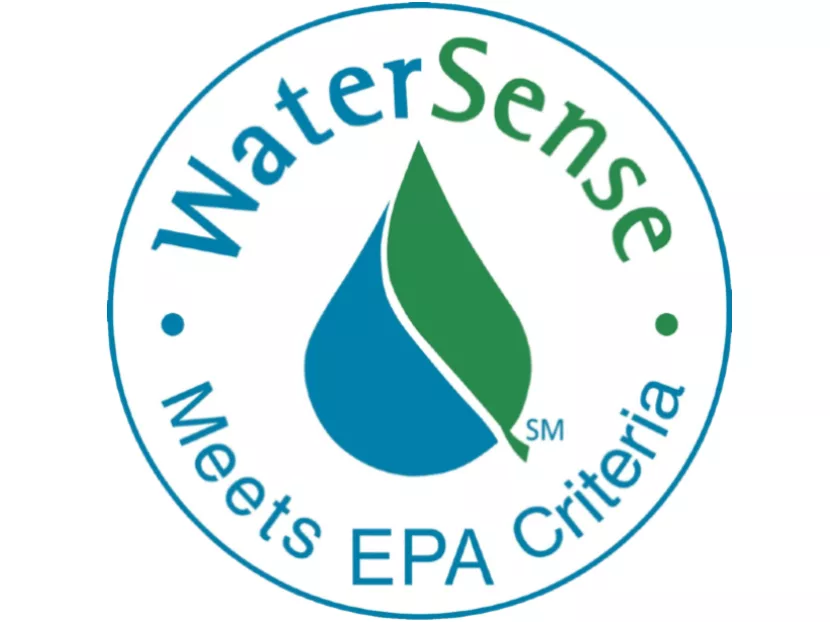Over the past 15 years, consumers and businesses have saved 5.3 trillion gallons of water, or the amount of water used by all U.S. households for 200 days, by selecting WaterSense-labeled products. In 2020 alone, WaterSense-labeled toilets, faucets, showerheads, urinals, spray sprinkler bodies, and irrigation controllers saved more than 968 billion gallons of water.
The U.S. Environmental Protection Agency (EPA) created WaterSense — a voluntary program that is both a label for water-efficient products and homes and a resource for people to save water — in 2006. WaterSense and its more than 2,000 utility, manufacturer, retail, builder, nongovernmental, and other organizational partners have been working together for more than 15 years to produce and promote water-saving products, homes, and programs.
In addition to saving water, WaterSense-labeled products have helped reduce the amount of energy needed to heat, pump, and treat water by 603 billion kilowatt hours over the past 15 years, enough to supply a year's worth of power to more than 56.6 million homes. These energy savings have helped reduce greenhouse gas emissions by 242 million metric tons — which is equivalent to planting four billion trees. EPA estimates that WaterSense labeled products have also helped Americans save $108 billion in energy and water bills over the past 15 years. WaterSense and water-efficient practices offer solutions to improve the resiliency of communities, including those facing drought and potential water shortages or those looking to mitigate impacts of climate change by improving the efficiency of buildings.
The WaterSense label is found on plumbing and irrigation products that are independently certified to use at least 20 percent less water and perform as well as or better than standard models. WaterSense also labels homes that have been certified to use less water than typical new construction and programs that certify irrigation professionals trained for water efficiency.




